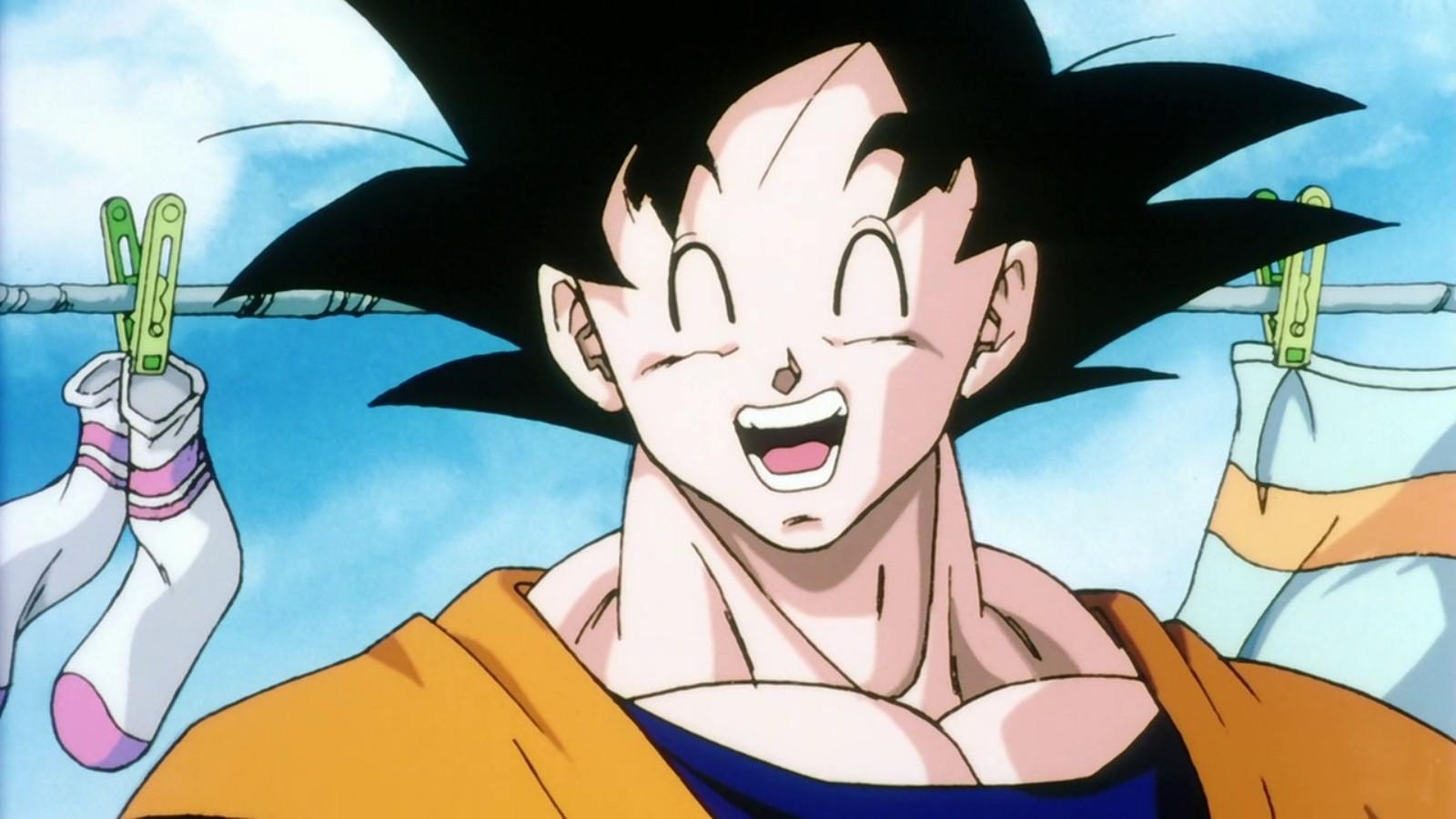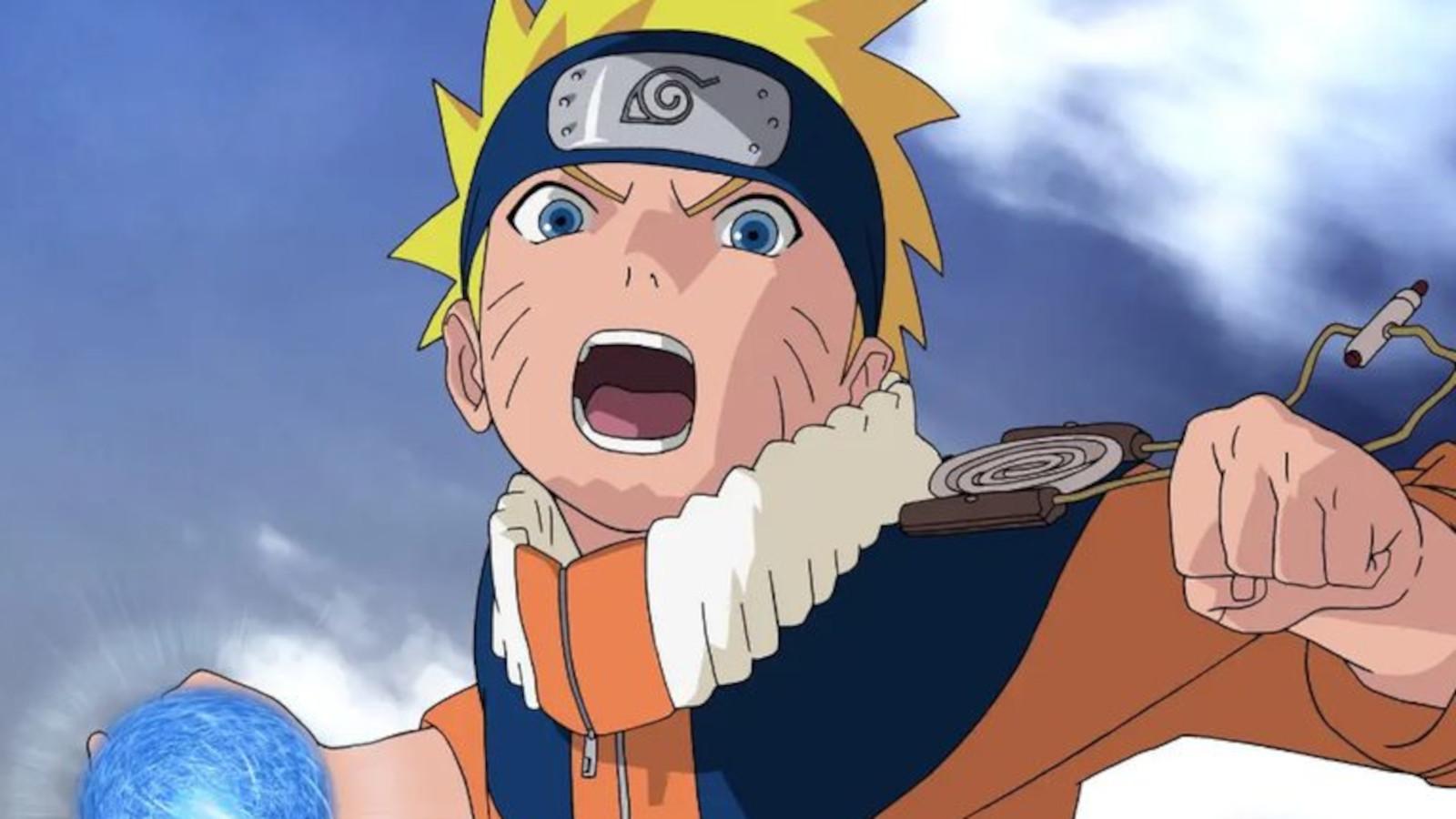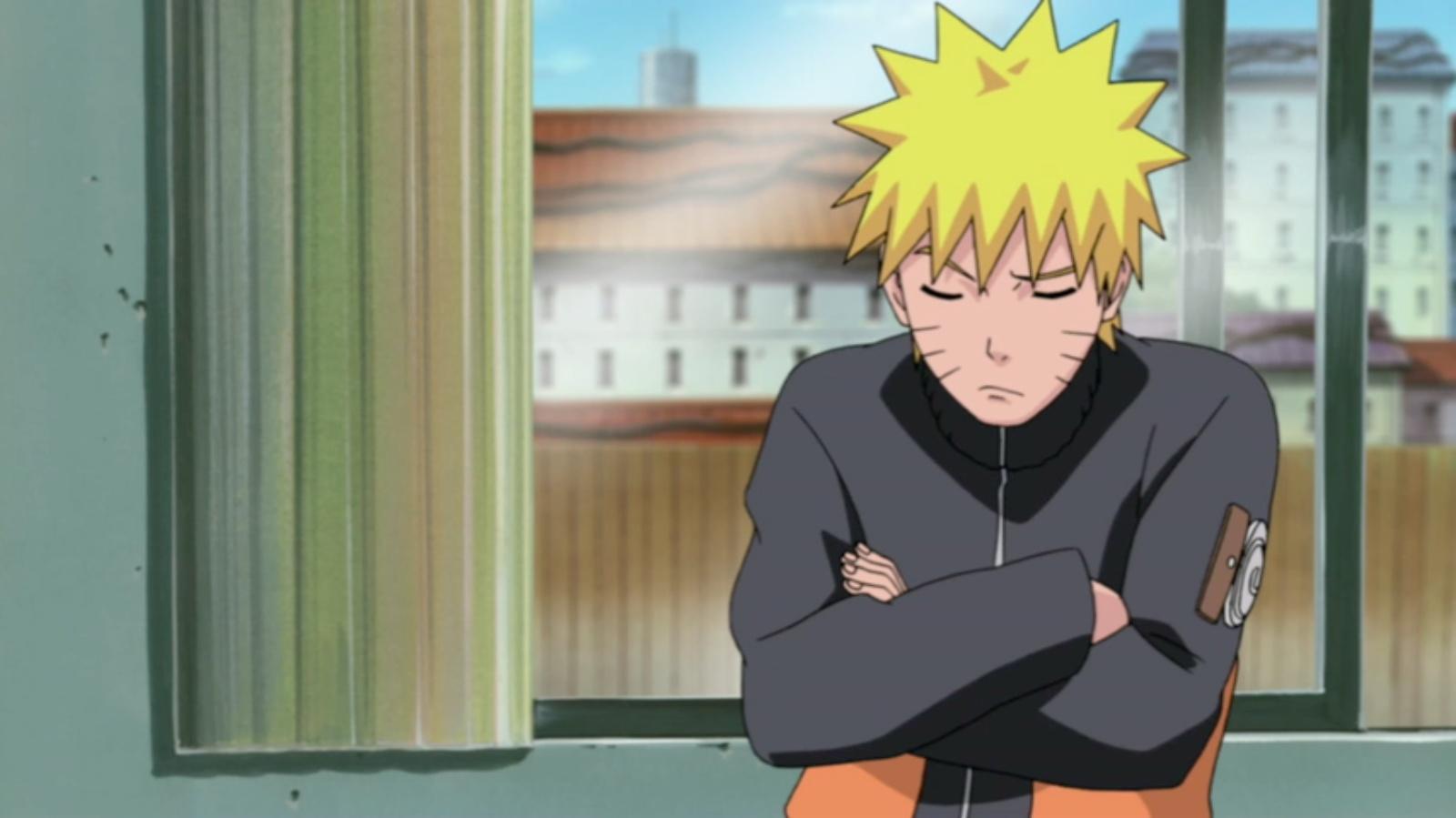Naruto: The Will of Fire explained
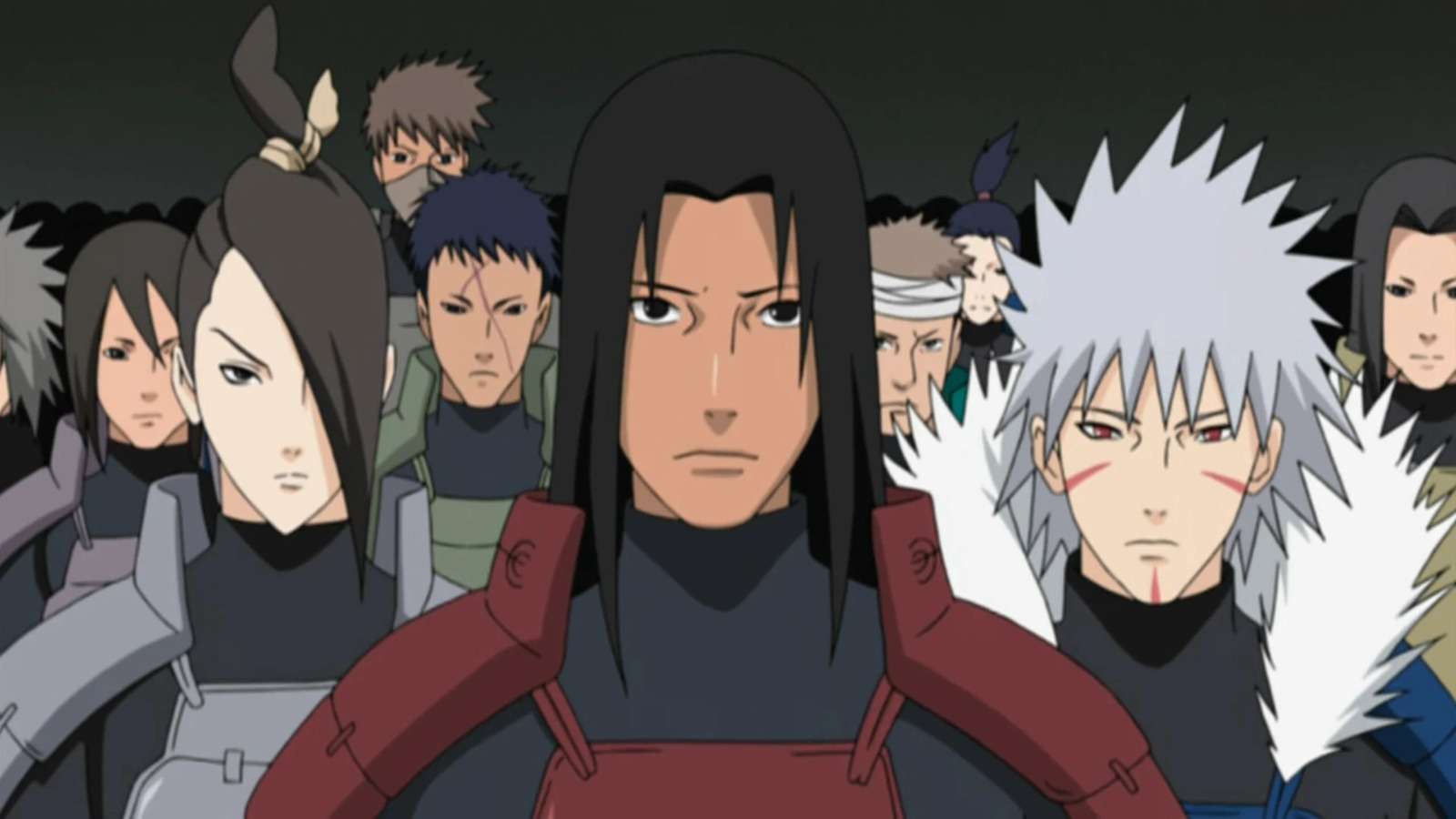 Crunchyroll
CrunchyrollThe Will of Fire is mentioned throughout the story of Naruto. Here’s the meaning and history behind it.
Naruto has always emphasized the concept of “Will of Fire” throughout the series. The meaning behind it seems to be vague. Despite that, it’s always mentioned to depict a character’s drive to become strong or to protect the village.
The series has always steered away from the stereotypes of Ninjas. This is why, Ninjas teaming up to protect others instead of killing them seems out of the ordinary. However, somehow, the entire concept seems to fit perfectly into the series.
The Will of Fire is the main idea behind the village’s establishment. This is why, it has been passed down through all the clans within the village. Delve deeper to learn about the history and meaning behind the Will of Fire in Naruto.
The history of the Will of Fire in Naruto
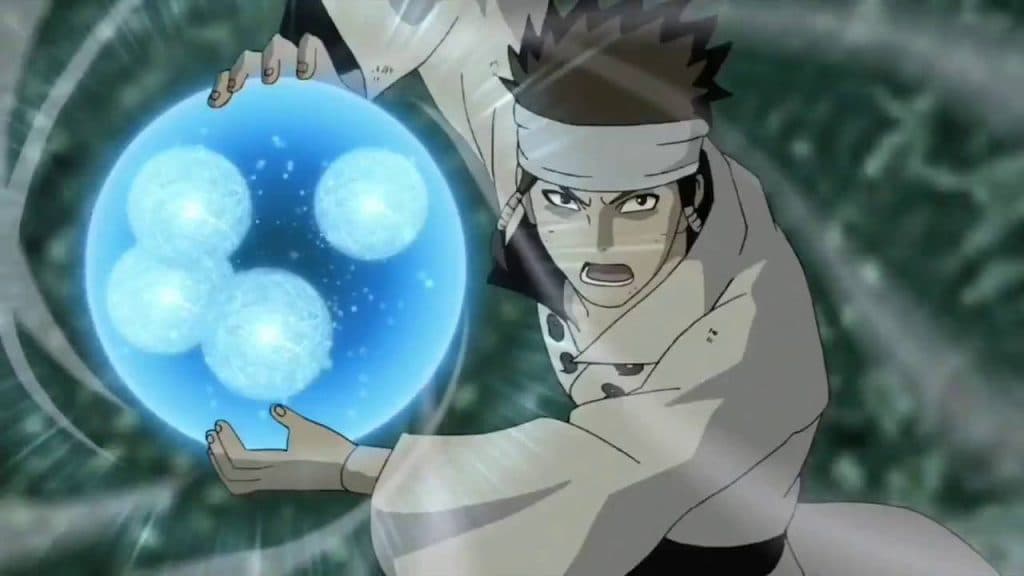 Crunchyroll
CrunchyrollThe origin of the Will of Fire traces back to over 1000 years ago when Asura Otsutsuki believed love to be the key to peace. It eventually became his life philosophy which he passed down to the followers of Ninshu.
Since Asura and Indra were at odds with one another, the Uchiha clan’s Curse of Hatred is fated to clash against the Will of Fire. Over the years, the Senju Clan, direct descendants of Asura, passed down this philosophy through generations.
As a result, Hashirama’s efforts in establishing the village also meant passing the Will of Fire to other Konohagakure clans in Naruto. Sarutobi Clan is one such example, seeing how Hiruzen and Azuma always talked about the Will of Fire.
What does the Will of Fire represent?
 Crunchyroll
CrunchyrollThe Will of Fire is also one of the driving forces behind the Hidden Leaf’s inherent power. It allows the Village’s shinobi to persevere in the face of sorrow and hopelessness. This idea also represents the previous generation’s hopes and dreams being passed down to the next since people who die live on in the hearts of the following generation.
The concept indicates that the entire village is like a large family unit. Additionally, every Konoha Shinobi with the Will of Fire loves, believes, cherishes, and fights to protect the village, as previous generations had done before them.
In the Leaf Village, there is a sculpture of a flame in the cemetery. It represents this will since it has the kanji for “Hokage,” literally meaning Fire Shadow, inscribed below it. Hashirama was also depicted sitting on a throne-like chair with a similar sculpture in the background.
Naruto can currently be streamed on Crunchyroll. In the meantime, check out our other anime coverage below:
Underrated Zoro moments | Muzan Kibutsuji abilities in Demon Slayer | One Piece ending | Kagaya Ubuyashiki abilities in Demon Slayer | Demon Slayer Thunder Breathing 7th form | The real villain in Hell’s Paradise | Naruto’s Best Rinnegan User | One Piece’s Empty Throne | Luffy’s Gear 5 techniques | Naruto’s Infinite Tsukuyomi | One Piece Red Hair Pirates | One Piece Shanks’ twin theory | Bleach vs Naruto | Naruto’s God Tree | One Piece Straw Hats’ Dreams
